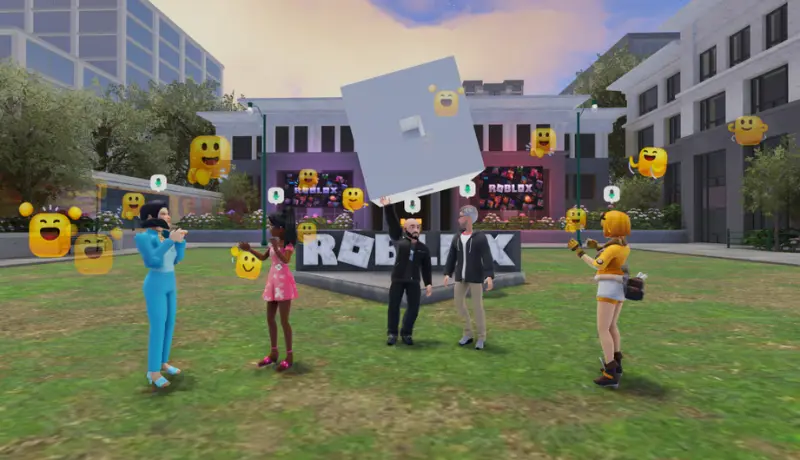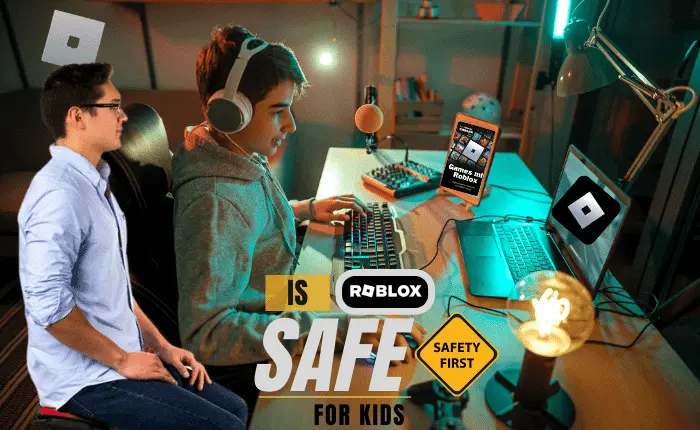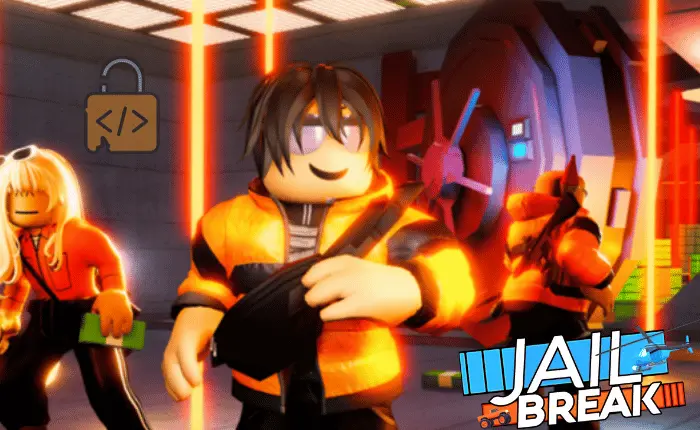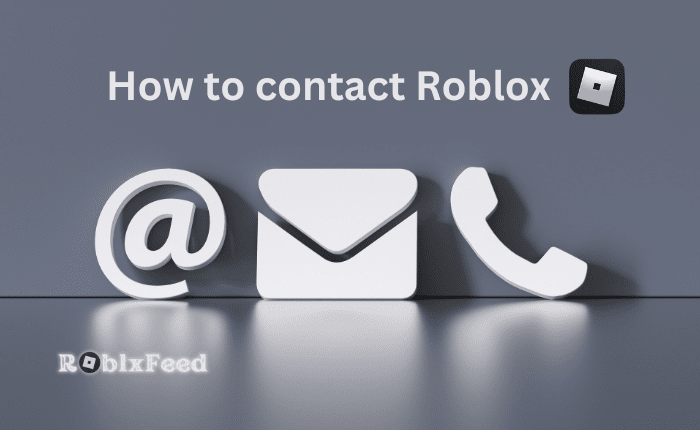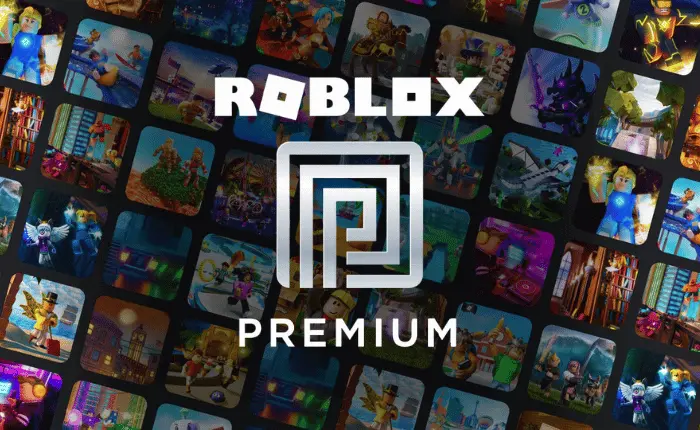How to Enable Voice Chat in Roblox
Enable voice chat in Roblox and connect with your friends in a whole new way! This online platform lets users create and share 3D experiences, fostering a space for boundless creativity and social interaction with voice chat capabilities. Roblox (2006) lets kids create & share 3D games & worlds. It faces safety concerns, but it’s a hub for creativity & community.
Voice chat breathes life into multiplayer games, fostering emotional connection and real-time teamwork. Voice chat builds communities and camaraderie, making gaming more engaging. While the potential for toxicity and harassment can’t be ignored, voice chat’s benefits are undeniable. It deepens social bonds in the virtual world, enriching gameplay. As voice chat evolves, expect features that adapt to gameplay, like spatial audio or live translation, for a more immersive and inclusive online experience.
Enabling voice chat in Roblox unlocks a new dimension of social connection within its virtual world. Voice chat lets players strategize, share ideas, and celebrate together, enhancing the social and gameplay experience. It aligns with Roblox’s vision of building a connected online community. With safety measures in place, voice chat could transform Roblox interactions, fostering deeper collaboration and immersion.
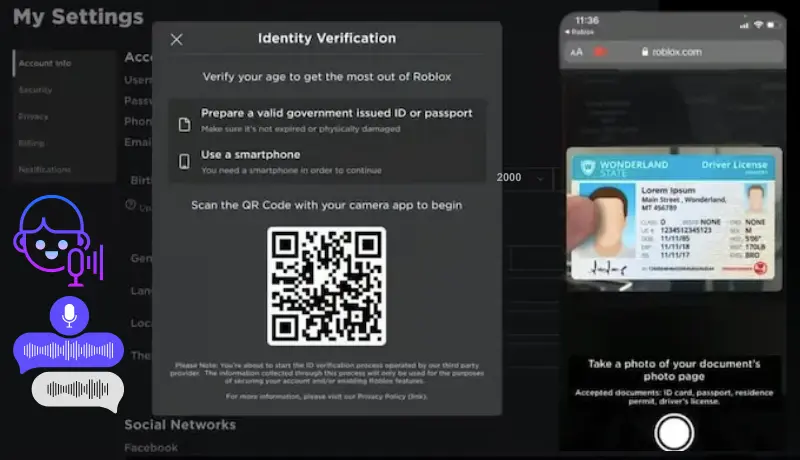
Understanding Roblox’s Voice Chat System
Fresh out of the oven, Roblox’s voice chat system brings a whole new level of social interaction and collaboration to its virtual world. Unlike walkie-talkies of old, it’s proximity-based, with players’ voices growing louder or softer depending on how close their avatars are in-game. To prioritize safety for younger users, Roblox requires users to be 13 years of age or older and verify their ID before enabling voice chat. This age verification step helps create a safer environment for everyone. While this system fosters real-time communication and stronger communities, concerns remain about potential safety and moderation challenges.
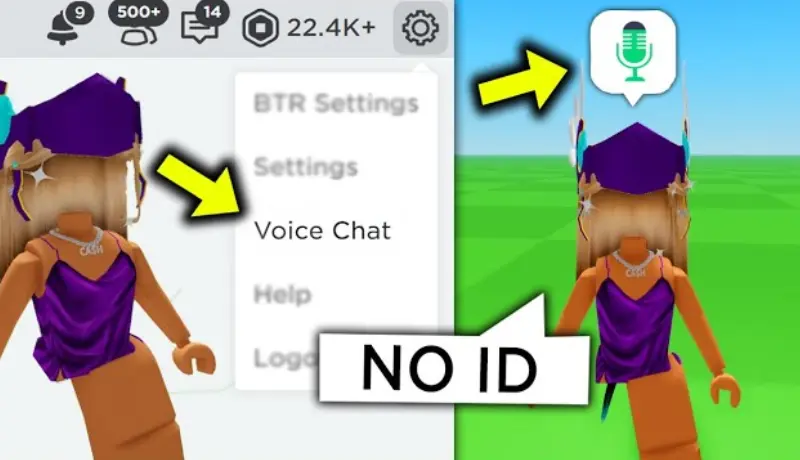
Roblox understands the importance of user safety, and their voice chat system equips users with tools to manage their experience. Users have the power to mute and report inappropriate behavior, fostering a sense of empowerment. However, as the system is still young, achieving the ideal balance between user freedom and a safe space for all is an ongoing quest. We can expect Roblox to continuously improve its moderation tools and potentially explore features like spatial audio for a more immersive and realistic experience. Additionally, voice chat could be integrated with parental controls, allowing guardians to set limitations for their children.
Current State of Voice Chat in Roblox
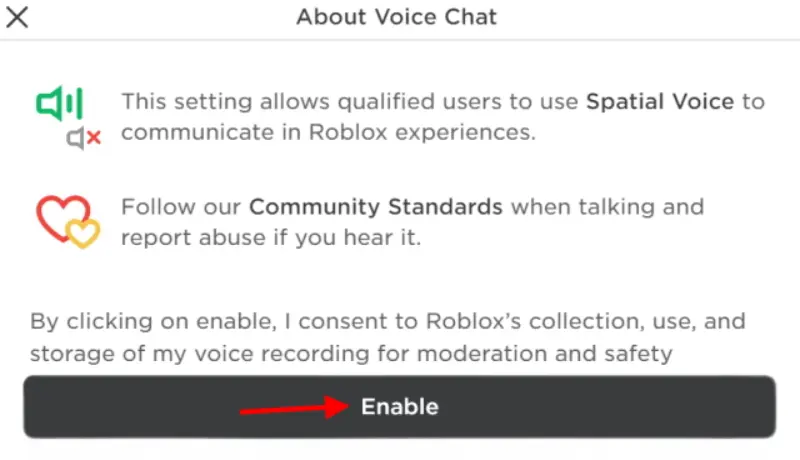
Limitations of the Existing System
Roblox is actively working to improve the voice chat system and address user concerns. The future of voice chat on Roblox holds promise for greater accessibility, enhanced features, and a safer environment for all users.
Advantages of Implementing Voice Chat
Voice chat’s evolution is remarkable, from its early, scratchy beginnings to the crystal-clear, feature-rich experiences we enjoy today. It transcends physical boundaries, mimicking in-person interactions and fostering connection. Shattering limitations, voice chat has transformed from crackly phone calls to the high-fidelity audio and seamless collaboration tools we rely on across industries.
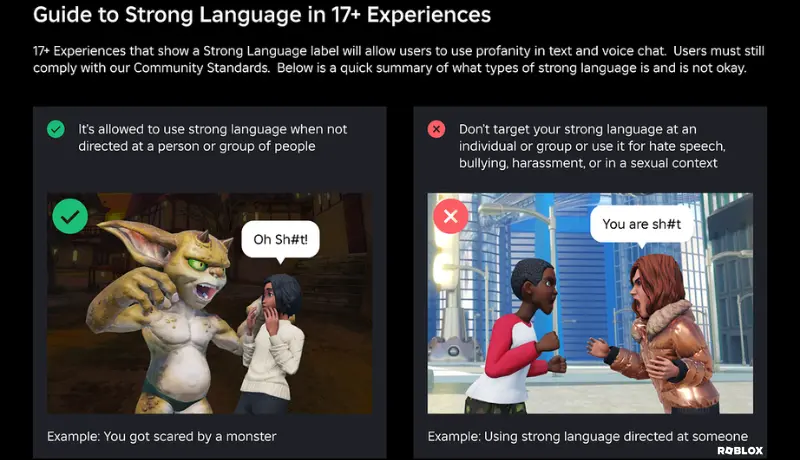
Preparing Your Roblox Game for Voice Chat
Roblox’s voice chat rollout is exciting for developers! To make the most of it, consider user safety and technical setup. Voice chat can boost immersion and social connections, but age verification and moderation tools are key for a safe environment. By planning ahead, you can ensure your Roblox game thrives with voice chat.
Checking compatibility with voice chat
The rise of voice chat has been a game-changer, but compatibility remains a crucial factor for a smooth experience. Tech hurdles like outdated systems, mismatched configs, network issues, and platform limitations can disrupt voice chat. By staying updated, optimizing settings, and troubleshooting proactively, users and developers can ensure a hassle-free voice chat experience across devices and platforms.
Setting Up Privacy and Safety Measures
The digital age’s convenience hinges on robust privacy and security. Evolving threats like data breaches and online harassment necessitate a multi-layered defense. Encryption protects data, multi-factor logins secure accounts, moderation filters content, and user reporting empowers action. By adapting and prioritizing safety, platforms can build trust.
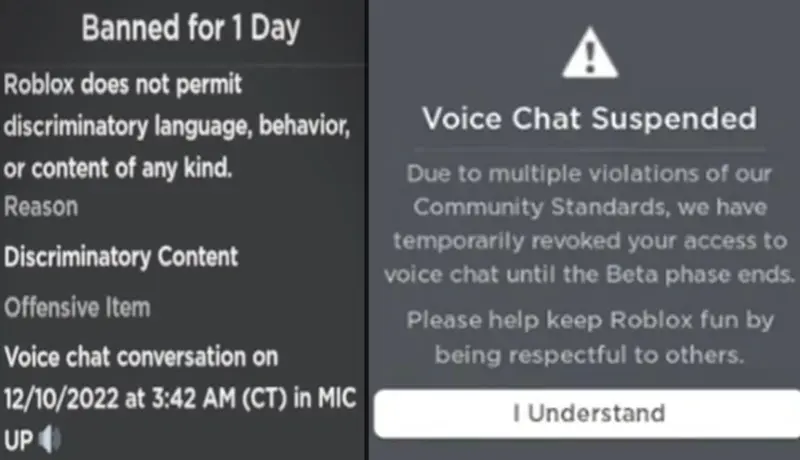
Enabling Voice Chat in Roblox
This immersive feature, initially introduced in beta testing, is gaining traction, transforming Roblox from a creation platform to a vibrant social hub. But safety remains paramount. To ensure a positive and inclusive environment, Roblox requires age verification (which may involve government ID verification) for users 13 and over. Once you’ve met the age requirement, enabling voice chat in your settings is a simple process. With voice chat activated, prepare to forge deeper connections with friends and fellow players, collaborating and strategizing in real-time for a richer and more interactive Roblox experience.
Accessing the Developer Console
The developer console’s rise from programmer obscurity to web dev mainstay is impressive. Now a common feature, it grants developers god-like control over web pages for debugging and fine-tuning. While technical knowledge is needed, it’s a powerful tool that keeps evolving to empower web creators.
Configuring Voice Chat Settings
From clunky, third-party plugins to seamlessly integrated features, voice chat has transformed online communication. Optimizing these settings is crucial for a crystal-clear experience. Users can customize input and output devices, calibrate microphone and speaker volumes, and experiment with noise cancellation or even voice-altering effects for a fun twist. Developers, on the other hand, can delve into more technical configurations, fine-tuning voice codecs to optimize network usage and guaranteeing compatibility across different devices and platforms.
Testing Voice Chat Functionality
The history of testing voice chat functionality is intertwined with the pursuit of seamless user experience in real-time communication applications. Simple audio checks of the past have given way to sophisticated analyses measuring latency, jitter, packet loss, and overall fidelity. Early roadblocks stemmed from limitations in network bandwidth and hardware capabilities, resulting in frustrations like choppy audio and delays. Thankfully, technological advancements like adaptive bitrate streaming and echo cancellation algorithms have significantly enhanced voice chat quality. Today’s testing prioritizes network, devices, and security.
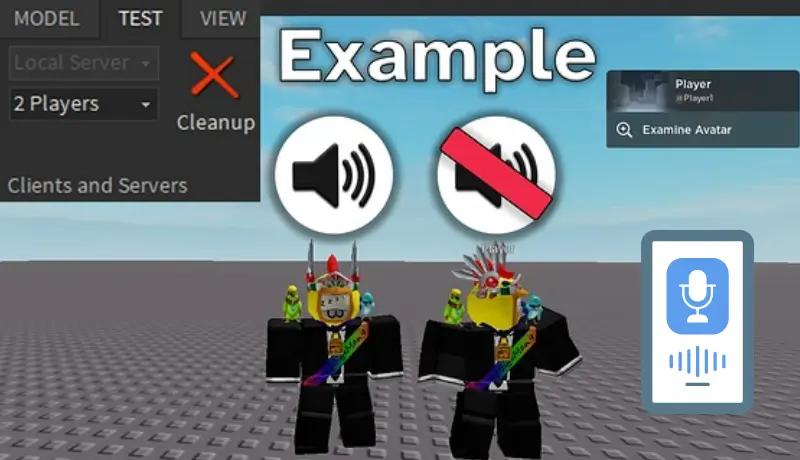
Communicating Voice Chat Policies to Users
Communicating voice chat policies has balanced fostering community with platform safety. In the early days of voice chat, ambiguous regulations created a breeding ground for confusion and misuse. As technology boomed, so did the potential for issues like harassment and privacy breaches. Clear terms, in-app guidance, and engaging tutorials communicate policies effectively. The challenge: translating policies into clear actions and fostering user accountability. Keeping pace with online evolution is another hurdle. Open communication builds trust and respect, creating a better voice chat experience.
Creating Clear Guidelines and Rules
Early online communities grappled with unclear rules, leading to a focus on crafting clear and adaptable guidelines that could keep pace with the evolving online landscape. This balancing act between free expression and user safety remains a constant challenge.
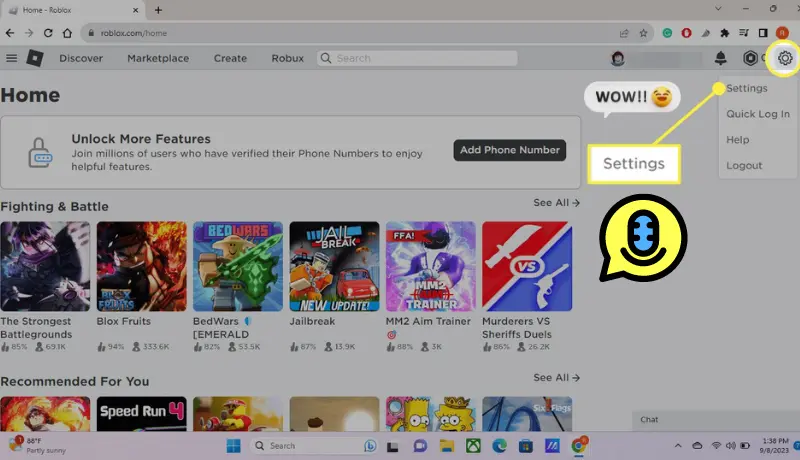
Displaying Voice Chat Policies in-Game
In-game voice chat policies have evolved from confusing walls of text to engaging tutorials and reminders. Still, developers grapple with balancing information, appeal, and user experience. Global audiences and a dynamic online landscape add complexity. Clear displays empower players for a better voice chat experience.
Providing Resources for Reporting Abuse or Misuse
In the digital landscape, tackling abuse and misuse has been an ongoing challenge. The early days of the internet resembled a digital Wild West, with scarce and poorly defined reporting mechanisms. This left users feeling powerless and platforms struggling to rein in online toxicity. The rise of user-generated content demanded clear reporting tools. Platforms balance empowering users to report with ensuring fair investigations. This ongoing evolution reflects the never-ending quest to create safe and respectful online communities.
Conclusion
Voice chat on Roblox has transformed the platform, shifting it from a solitary building experience to a vibrant social hub. Initially met with concerns over safety and moderation, Roblox’s voice chat feature has evolved to enhance gameplay, fostering stronger communities and friendships. While challenges like misuse and moderation remain, its impact is undeniable, making the platform more immersive and engaging for users of all ages.
Gearing up for voice chat on Roblox is a breeze! First things first, you’ll need to be 13 years or older and have your age verified to create a safer space for everyone. Then, jump into your account settings and activate the “Spatial Voice” beta feature. Finally, give Roblox the go-ahead to use your microphone, and you’re all set to chat with your friends in-game!
While the feature has already transformed the platform, we can expect even more exciting developments. Imagine: voice avatars that reflect emotions, spatial audio for presence, or real-time translation for a global Roblox. Roblox will keep pushing the boundaries of voice chat, shaping a more engaging future.
